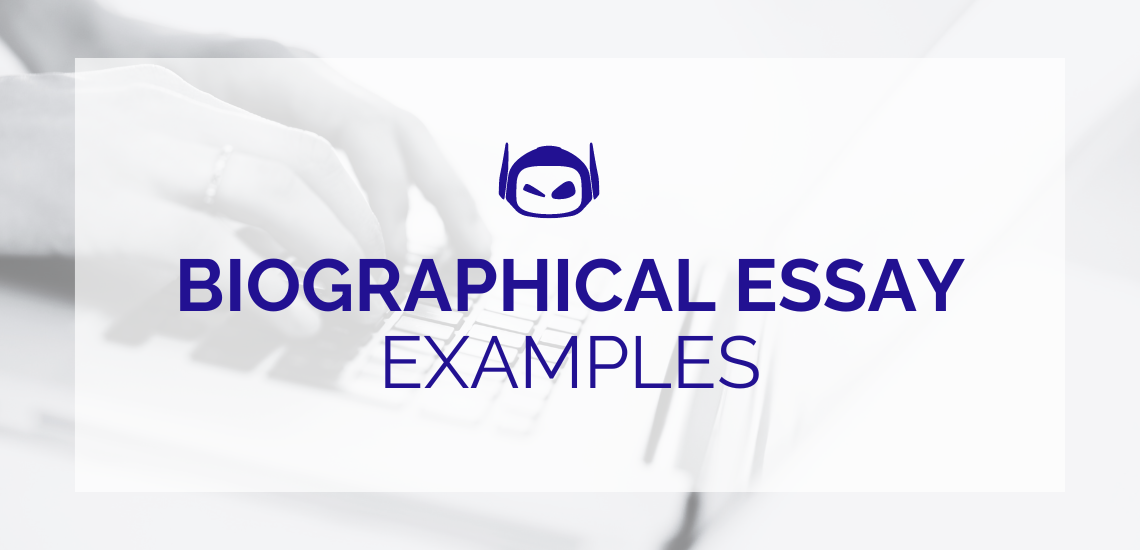
Do you want to write a biographical essay that will...
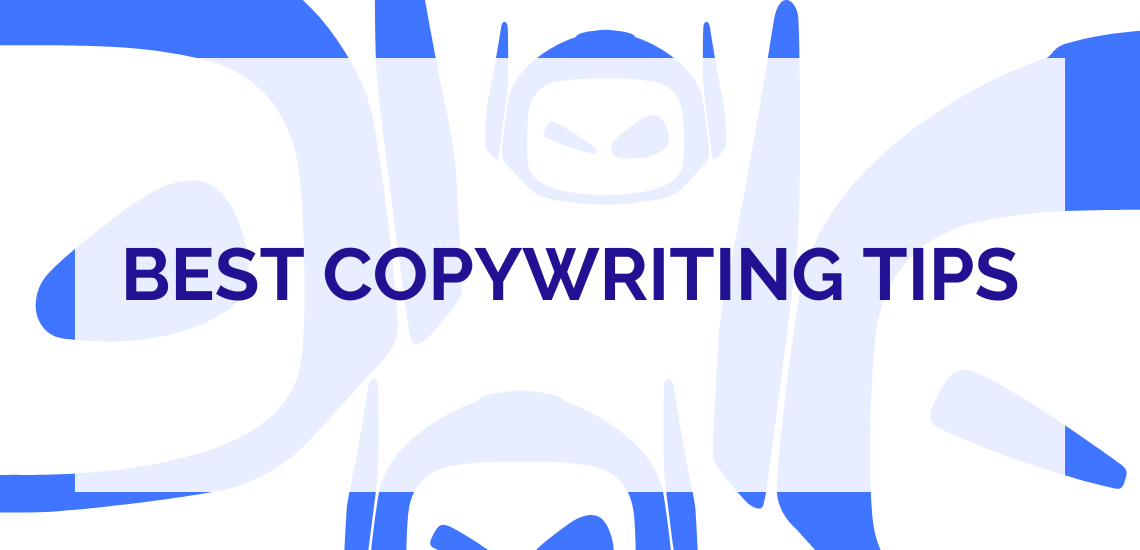
Are you finding it hard to convert audiences with engaging...
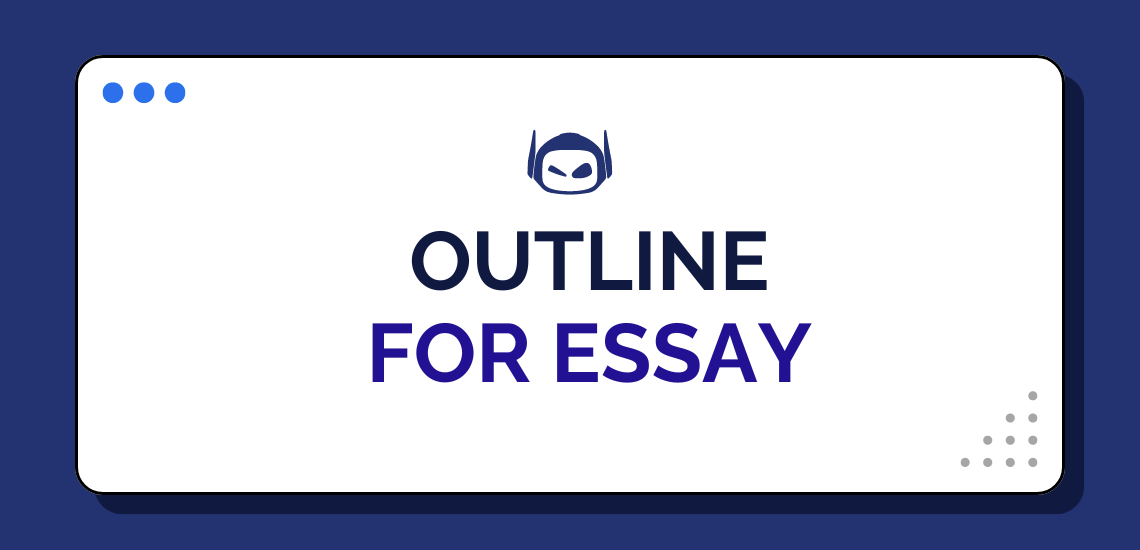
Step-by-Step Instructions for Writing
Think of an outline for an essay as a guide...
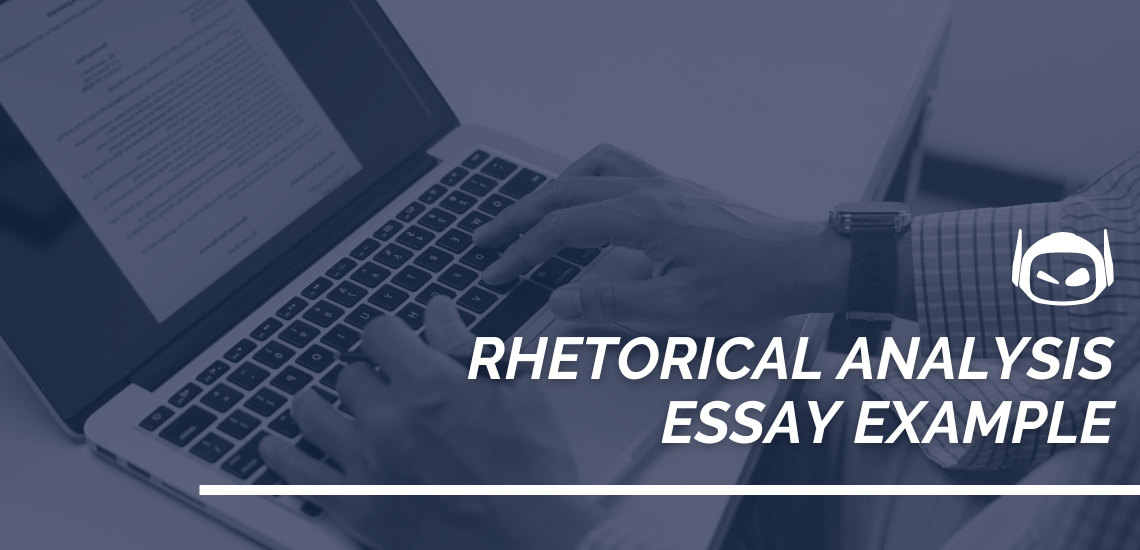
General Guide About Content and Writing
Are you struggling to write a compelling rhetorical analysis essay?...
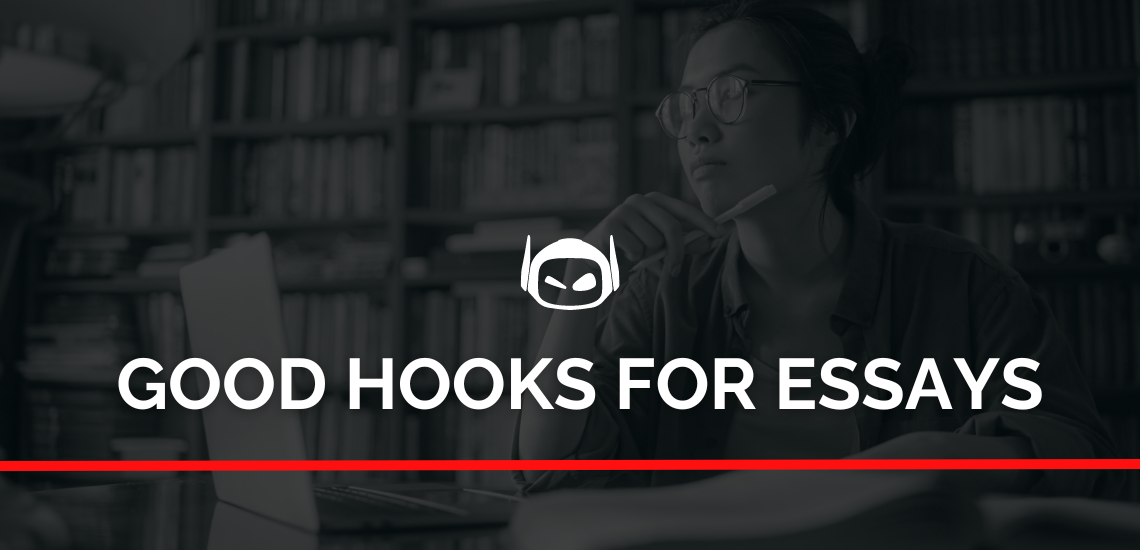
General Guide About Content and Writing
Ever wondered what is a good hook for an essay...
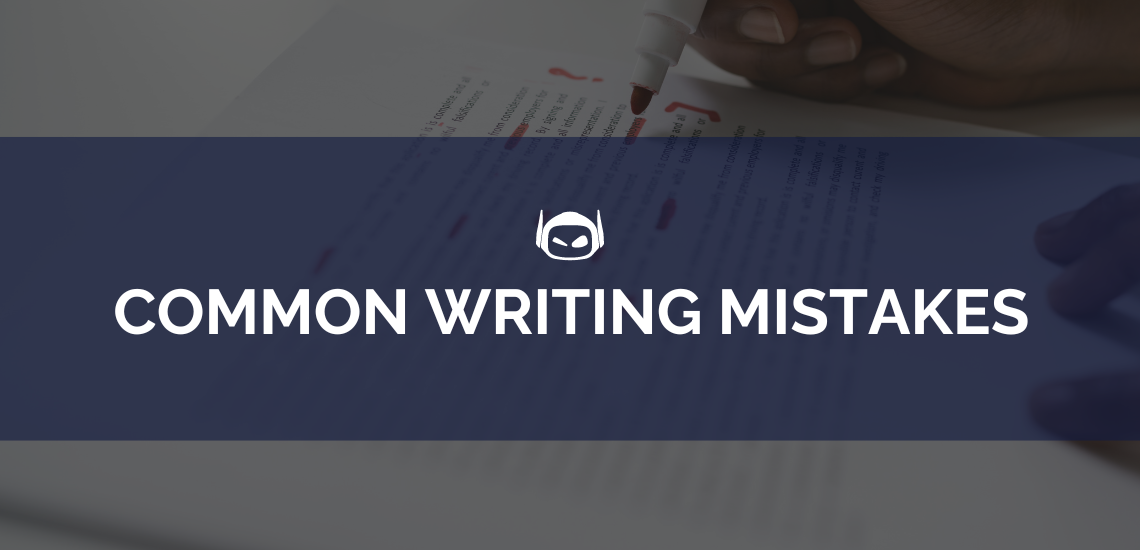
Mastering the art of writing can be an arduous task,...
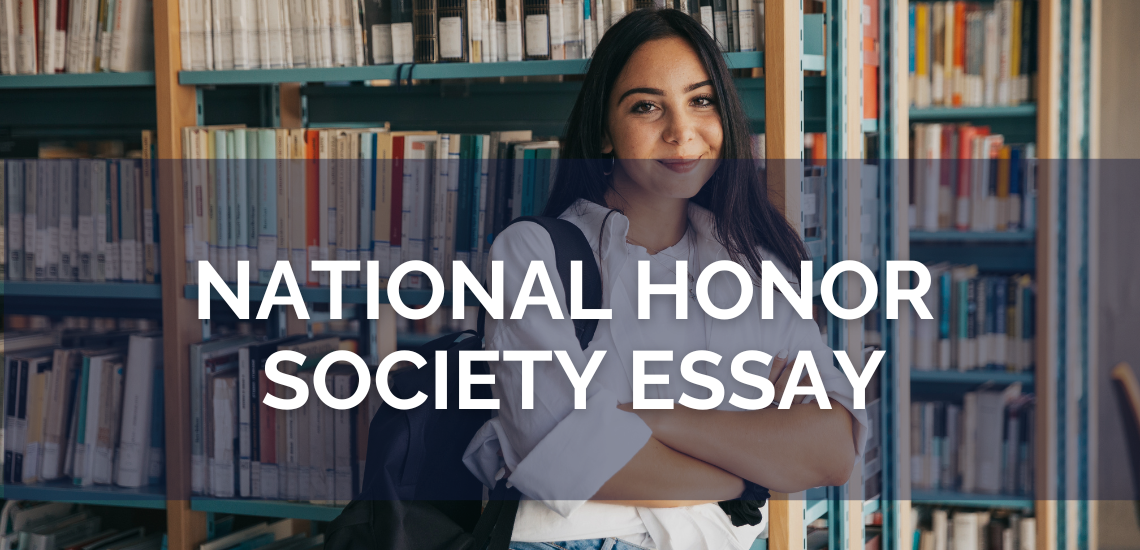
General Guide About Content and Writing
Are you wondering how to set yourself apart in an...
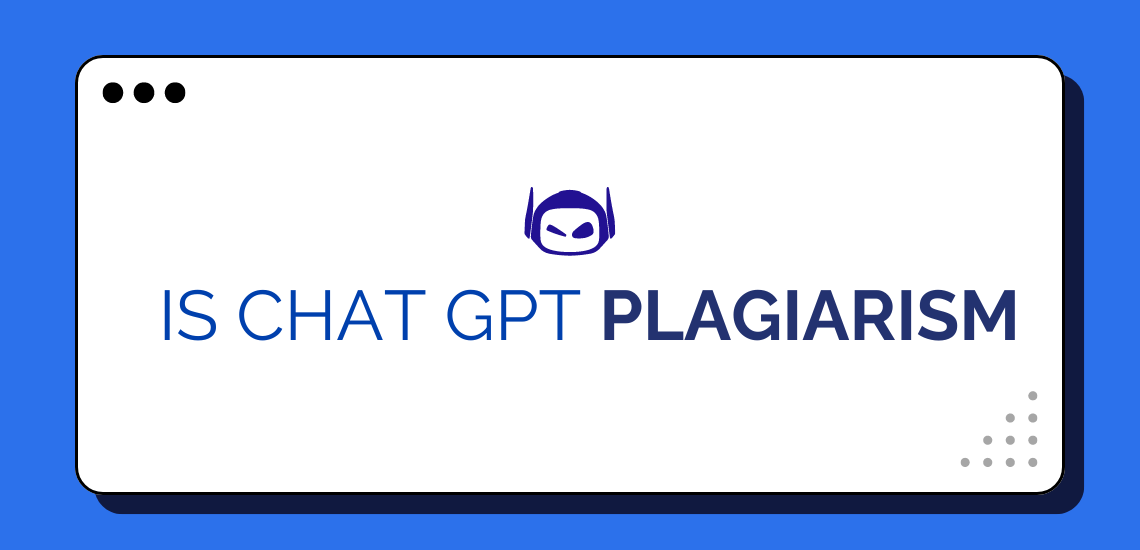
Millions of students have the privilege of studying with the...

Have you ever suddenly run into a problem with ChatGPT...

If you study literature, you know that it’s a window...